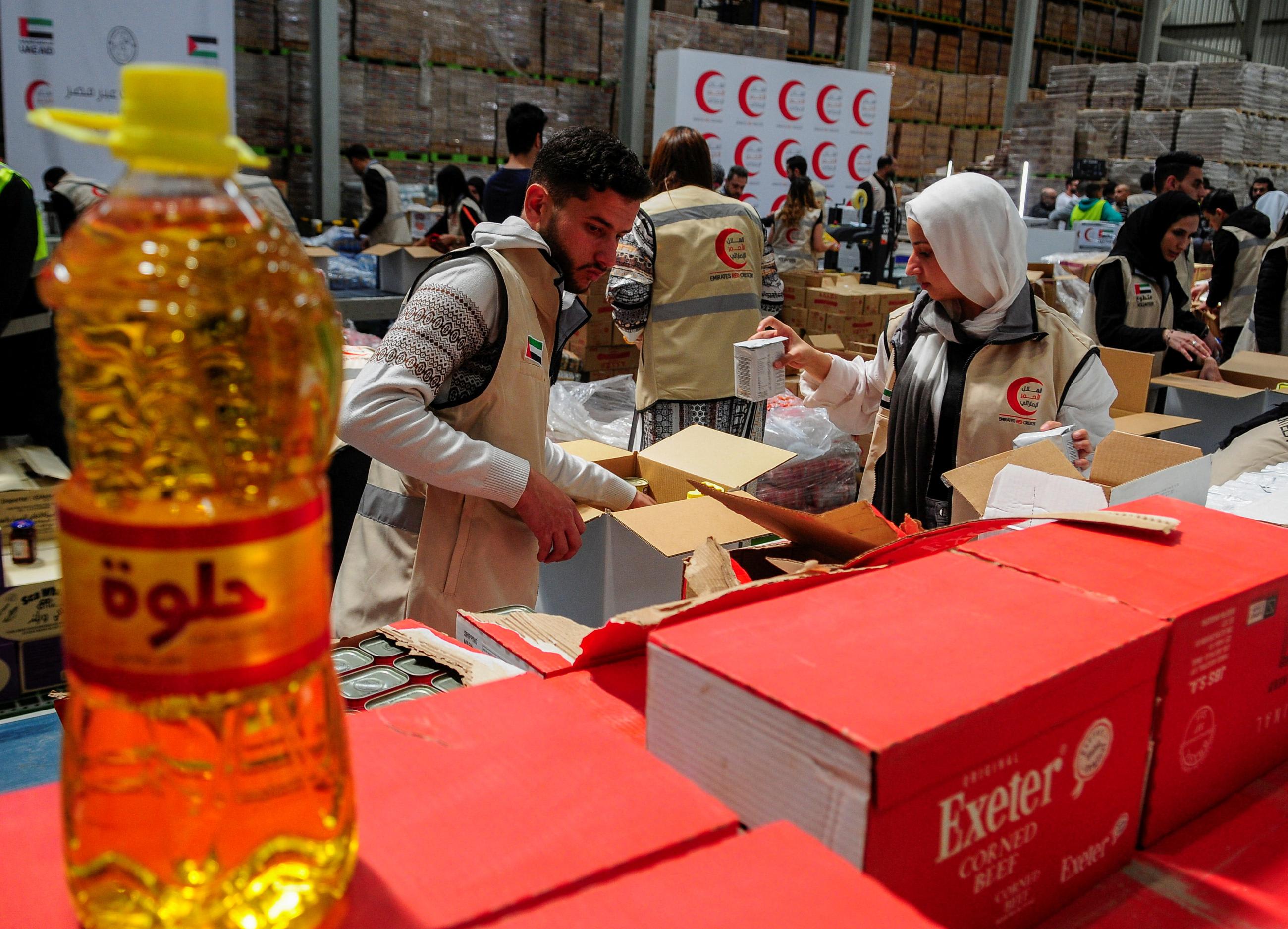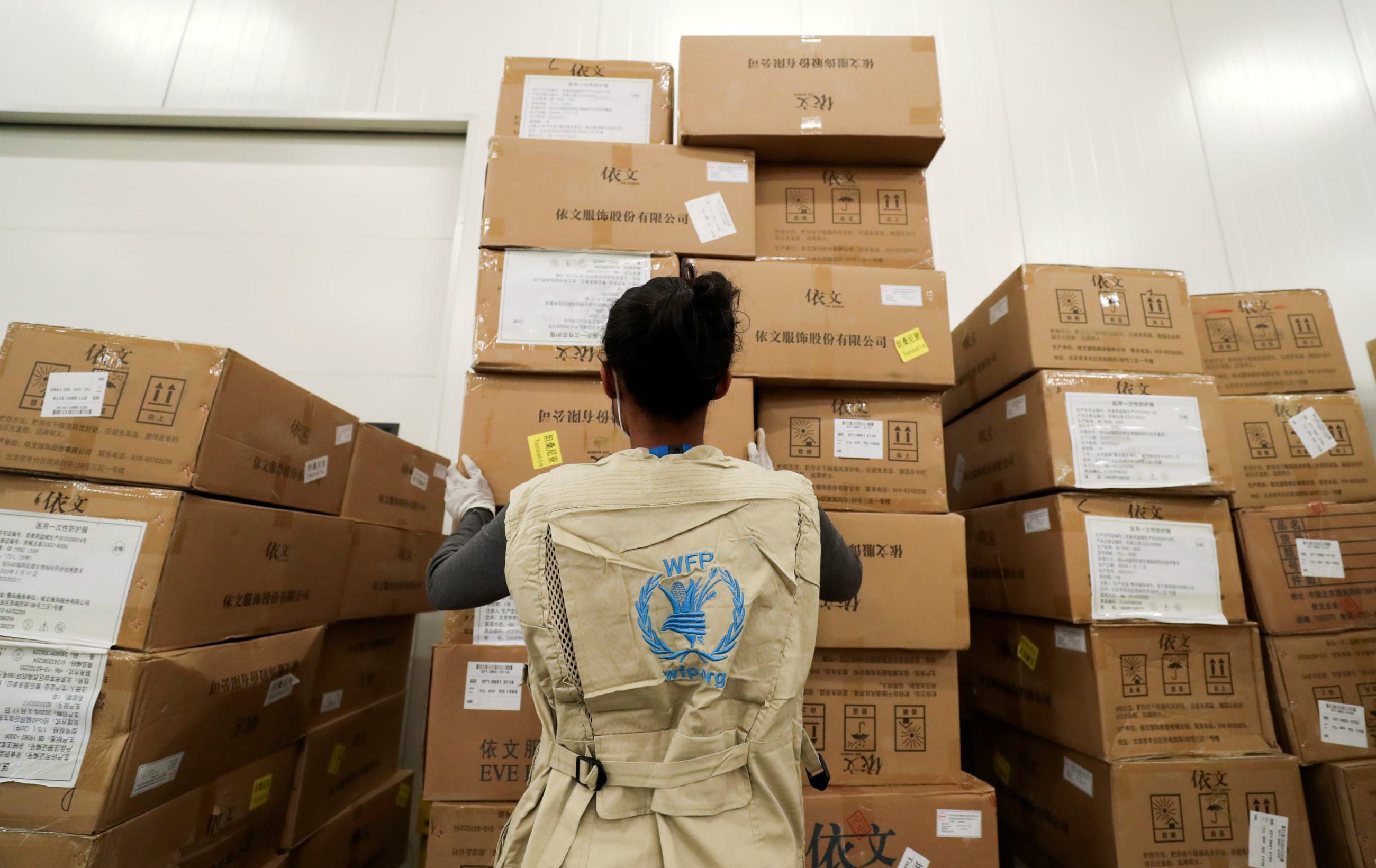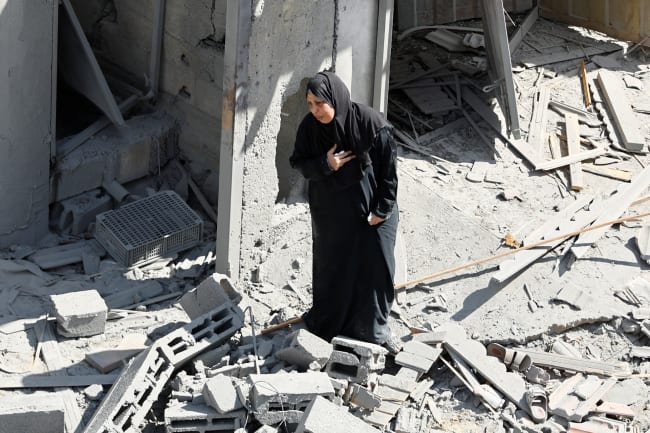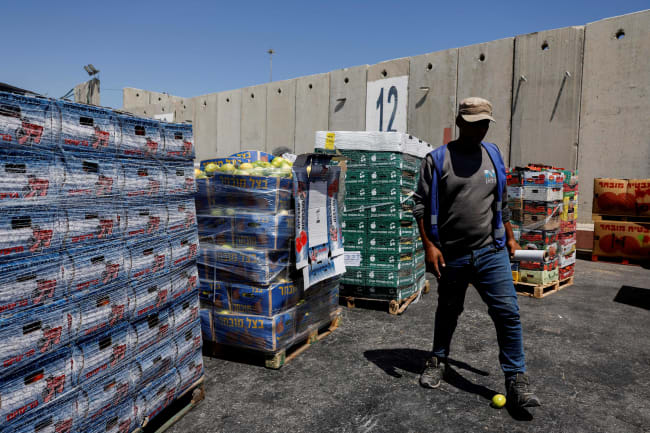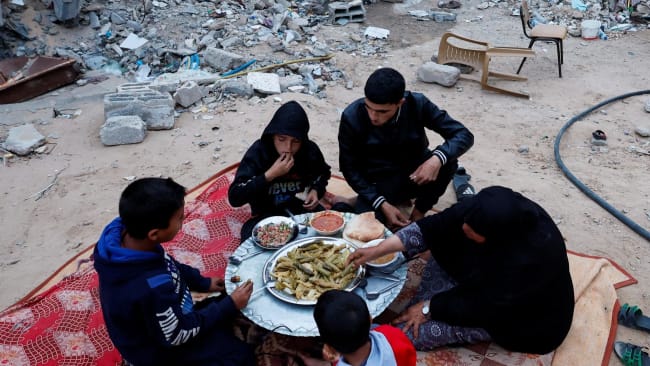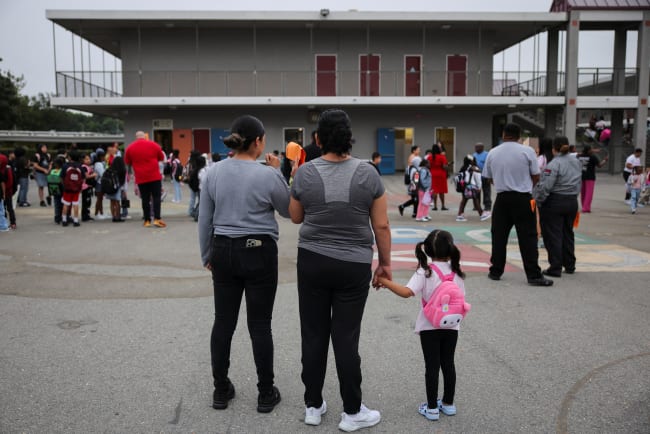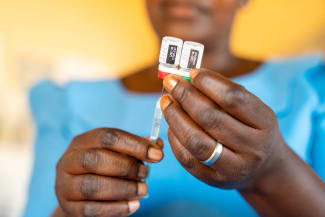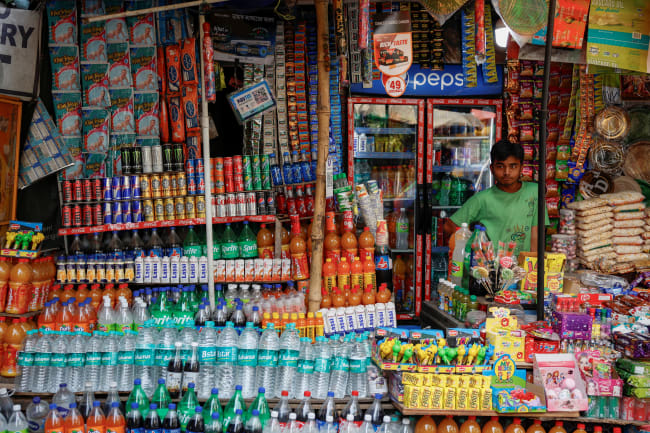Despite the global attention on humanitarian aid operations due to recent conflicts in Lebanon, Palestine, and Ukraine, as well as widespread attention from Gen Z to baby boomers, the public and even many policymakers often fail to grasp the spectrum of risks that health emergency and humanitarian aid workers (HAWs) face in conflict or crisis zones. Although the dangers of kidnapping, sexual assault, robbery, severe injury, and death are commonly acknowledged, the significant threats that environmental and health conditions pose are frequently overlooked. This oversight often results in HAWs' having to tackle these challenges alone, without adequate resources and professional support.
With conflicts and natural disasters multiplying at an accelerating pace, the need for humanitarian operations far outpaces available human and financial resources. Unfortunately, this gap has contributed to compromising in-theater security, higher burnout rates, and lack of follow-up care for HAWs. In 2022, the Aid Worker Security Database reported 1,989 violent attacks on health-care HAWs and organizations, making it the most violent year in a decade. Frontline workers from all sectors are protected under international humanitarian law, but attacks on civilian and humanitarian workers are blatant violations that undermine humanitarian missions and endanger those who provide vital assistance. Hence it seems unimaginable these are not the only hazards threatening frontline workers.
With almost two decades of global health, humanitarian response, and international development experience from Democratic Republic of Congo to the Syrian Civil War, from Ebola outbreaks in Sierra Leone to civil unrest in South Sudan, I know these risks all too well because the aid sector continues to operate with a strong, talented, but an underfunded and skeletal workforce. Most Americans have limited public knowledge of our sector relative to the more widely known and revered military and congressional branches.
Almost 4 in 5 participants experienced at least one health problem during the mission in South Sudan
In a sector brimming with genuinely dedicated public servants, many choose to earn less than they could in the private sector, driven by their commitment to social good and protecting society's most vulnerable. These selfless individuals face not just the burgeoning number of global conflicts, such as those in South Sudan, Congo, and Myanmar, but also the growing environmental threats, including climate change and mental health crises. Their role on the front lines is crucial, safeguarding those most at risk from both violent threats and environmental hazards while often facing personal vulnerability themselves.
The Health Risks: Visible and Invisible
This susceptibility, for example, was tragically underscored in South Sudan in 2016 when female aid workers became targets of sexual violence. The ramifications of such traumatic experiences extend well beyond the immediate physical injuries, potentially affecting victims' ability to conceive and leading to long-term psychological distress. Although the United Nations and other major humanitarian bodies strive to collect comprehensive gender-based data, anecdotal evidence suggests that women are disproportionately vulnerable to certain forms of mental health stress from physical endangerments such as depression and sexual assault.
This stress can be carried and have detrimental emotional and psychological affects for years if not decades, affecting female aid workers lives long after the initial traumatic event. In many cases, this can only be described as posttraumatic stress disorder (PTSD). The article "The Silent Pandemic: The Psychological Burden on Frontline Healthcare Workers during COVID-19" sheds light on the alarming rates of anxiety, depression, and burnout among such workers. It touches on the need and ongoing calls for targeted support and preventative measures to mitigate their psychological distress, now greatly forgotten during the post-pandemic amnesia.
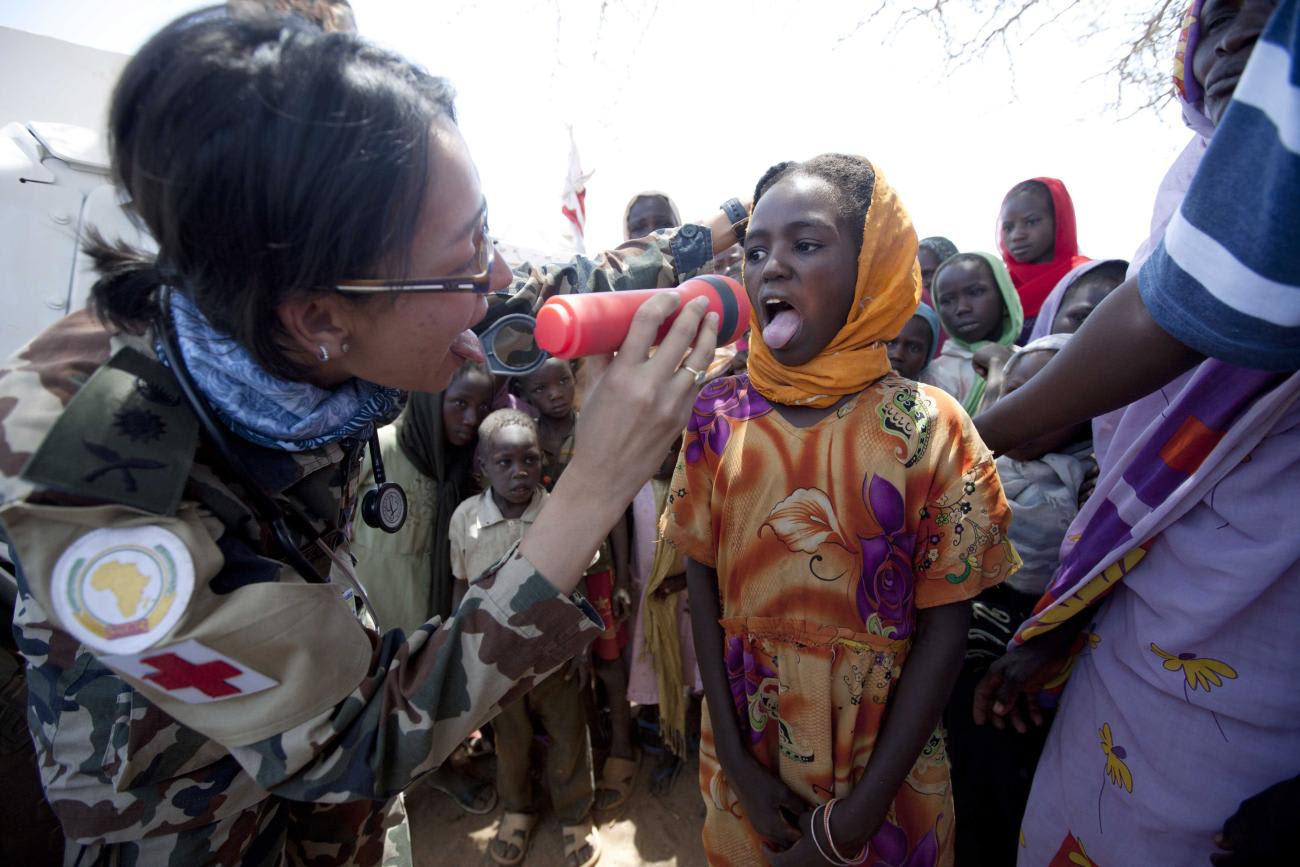
Well before the tragic events of World Central Kitchen volunteers in Israel, a study published in Travel Medicine and Infectious Disease examined the activities of International Committee of the Red Cross workers from 2016 to 2018. Although the greatest risk to these HAWs was related to security and involved armed threats or attacks (12%), the second most prevalent involved sporting injuries (3.1%), followed by vehicle-related injuries (1.6%). Actions by government-backed or state actors were not included. The study also revealed that 28% of the 796 respondents reported diminished health following their missions. Although almost all participants self-reported good, very good, or excellent health before the mission, 28% reported worse health and only 2.9% reported improved health after humanitarian operations concluded.
Risky Business: Access to Psychosocial Support
More than 40% of study respondents claimed that the operation was more stressful than initially expected, and the possibility of injury due to risky behaviors—such as operating a vehicle while inebriated, using tobacco products or drugs, or engaging in unprotected sex—rose as well. Regarding tobacco, the study revealed that only 20% of respondents smoked cigarettes, fewer than the Swiss average of 27% (a low rate relative to other European countries), but it was troubling that almost half of smokers increased their use in the field and that 10% had not smoked before the operation. Add to this, almost 4 in 5 participants experienced at least one health problem during the mission, with diarrhea (51%), fever (33%), skin (19%), dental (17%), and musculoskeletal (16%) being the most common medical problems.
A 2018 article highlights negative coping strategies that may prevent individuals from developing resilience to stressful situations. It is similar to use of cognitive and behavioral avoidance techniques ambulance personnel, firefighters, and police offers lean on particularly after trauma.
Visible health issues are, at least, relatively easy to diagnose, but the psychological wounds that many HAWs must carry after deployment are often ignored or minimized. A major study published in 2012 of 212 HAWs indicated that mental health issues were a very likely outcome of serving in crisis zones. Issues such as anxiety and depression, which were present in less than 10% of this population before deployment, were experienced by as many as 20% immediately after deployment as well as several months later. Study researchers concluded that depression, burnout, and diminished life satisfaction persisted even months after the conclusion of humanitarian operations.
Furthermore, observations from other studies reveal that over time, self-reported health indicators show a marked increase in emotional exhaustion, loss of vitality, and decreased social functioning and well-being between early and mid-deployment, but improvement is observed by the end of their assignments. Conditions such as PTSD, depression, and physical functioning issues remain stable even as anxiety levels decrease notably. Self-report measures tend to overestimate anxiety, PTSD, and depression relative to clinical interviews (by a factor of two to three), but should not undervalue the lived experience of HAWs recovering from deployment. Exploring and implementing effective health management practices among these workers is crucial.
Other Environmental Risks
HAWs also face significant infectious disease health risks during deployments, often exacerbated by inadequate adherence to medical protocols. A study of 1,238 aid workers revealed common threats such as schistosomiasis exposure, unprotected sex, rabies, and gastrointestinal issues. These risks are heightened among younger workers, those in rural areas, and nonmedical organizations. With poor adherence to prophylaxis and frequent health problems encountered, the need is urgent for better pre-deployment training, individualized care plans, and support to ensure workers are adequately prepared for these challenges.
Solutions
The safety of humanitarian aid workers is an increasingly pressing concern that can be effectively addressed through strategic policy measures. To begin, it is imperative to gather detailed, specific data enabling nongovernmental organizations (NGOs) and aid agencies to grasp the complexities that at-risk groups such as women and younger employees face. Furthermore, it is essential for influential entities to use their leverage to bolster protections for those in the humanitarian field, provide direct earmarked funding for such needs as well as increase advocacy for public awareness and global donors alike. This need is of particular importance considering that these health professionals' contributions are vital to the welfare of women and children.
The responsibility of ensuring the safety of these workers extends beyond their return home
The responsibility of ensuring the safety of these workers extends beyond their return home. Substantial investments into their medical and psychological care post-deployment are necessary, including support that continues into retirement. Recent data underscores this need. A 2021 UN report noted a 20% uptick in attacks against humanitarian workers over the last year, marking an alarming trend that can result in increased anxiety among HAWs even before employment. Additionally, findings from this report and other longitudinal studies on aid workers' mortality rates starkly illustrate the dire long-term health consequences of such careers, those retired from humanitarian UN agencies and international NGOs experiencing significantly shorter life expectancies than the global workforce average. These findings provide a compelling argument for the implementation of more robust safety measures to protect those who dedicate their lives to serving the world's most vulnerable populations.
Humanitarian efforts can be just as life-changing and rewarding for workers as for recipients. However, it's crucial for recruiters, trainers, and managers to fully inform both new and experienced aid workers about the environmental and health risks involved in their work. They should also reinforce standards and seek innovative solutions to reduce demands on their workforce while advocating for policies that prioritize protection, which should subsequently lead to greater production.
Mandatory robust screening and training tools should complement optimal preparation, operational functionality, and post-deployment self-care across all humanitarian and development agencies. Public advocacy and attention from policymakers and civilians is vital because the current silence is unsustainable.
Without guardrails, many vulnerable HAWs could become needlessly hurt or lost, a grave tragedy in a world in which these heroic individuals are so much in need.
